“I stole my first proper leather jacket from the lost and found bin at my high school,” writes photographer Steven Harwick in the introduction to his book By The Skin of My Teeth; a powerful, celebratory and earnest collection of portraits and interviews of the queer leather community. “I was immediately seduced by the smell and the soft, supple, lived-in creases and folds. Moreover, I became obsessed with imagining its life before I liberated it from its cardboard limbo. I’ve been captivated by leather for as long as I can remember, but it wasn’t until this moment with my salvaged motorcycle jacket that I came to understand what it meant to have a fetish.”
When we meet, Steven is wearing a leather Harley Davidson waistcoat on top of a green jersey long-sleeve with “Cry Baby” spray-painted on the back. The obsession with leather is at the heart of his artistic practice and his project Bound Leather Zine, which he started in 2017. In his artistic universe, however, leather transcends its usual connotations of fetish – rather, it becomes a vehicle for connecting with LGBTQI+ history and forging a community.

Steve estimates that he’s photographed about a hundred people since he started Bound Leather Zine in 2017 – in their leather gear and all their unapologetic power – around 75 of which ended up in the newly published book. With digital photography indispersed with polaroids, grittier film stills and installation documentation, it makes for a compelling portrait of a community deeply impassioned by sexual expression.
“I trace my history with this project. At some point, I realised that I was carving out a place for myself by the skin of my teeth,” Steven admits. “Finding this world got me on the track that I needed to be on in life. So it seems like a survival vehicle for me.”
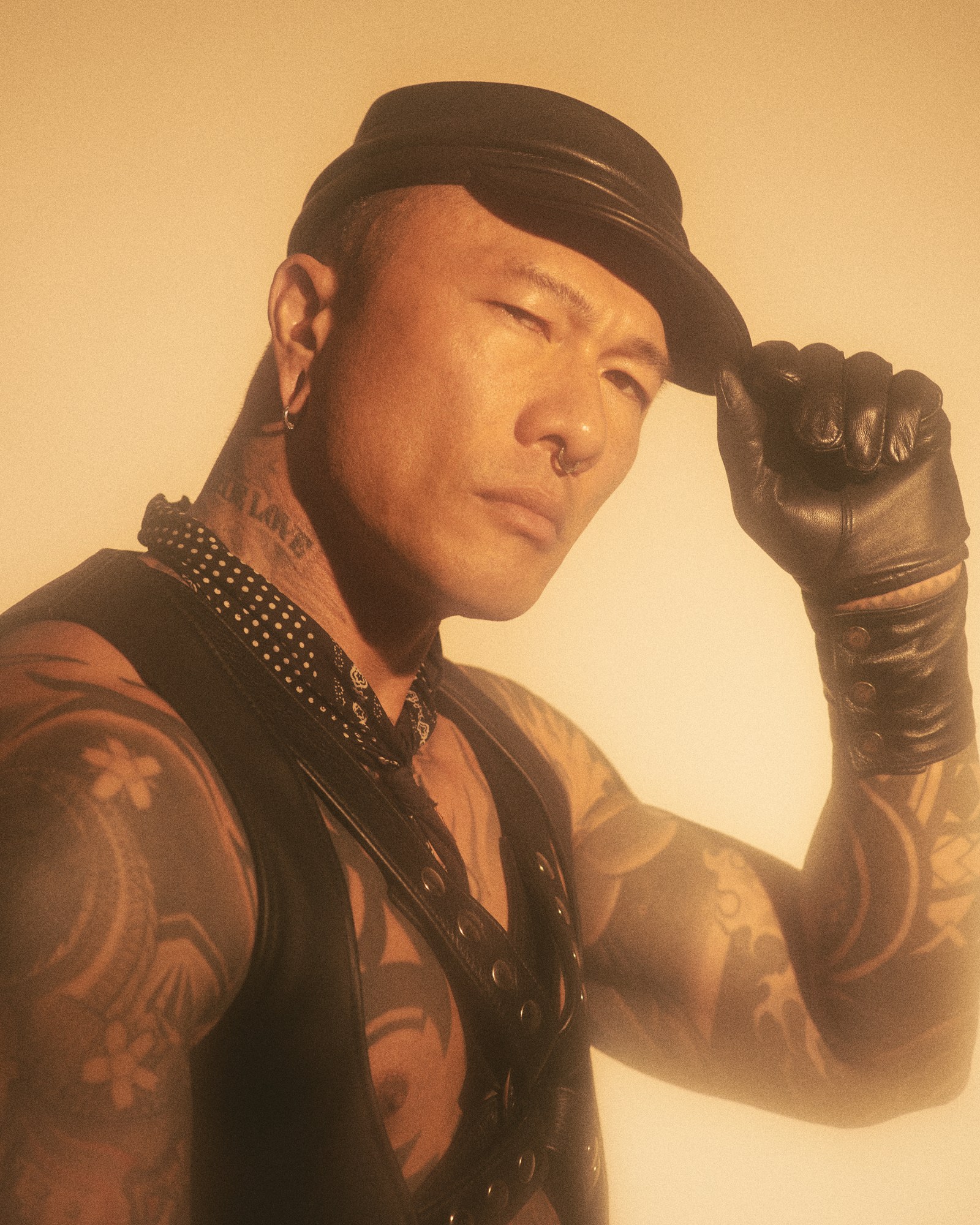
Finding his artistic path was not a straightforward process. During his time studying photography, he focused his creative exploration on mid-century Americana, 1950-60s aesthetics with classic cars, motels and pinup girls. These interests gradually led him to discovering homoerotic publications of the era, like Physique Pictorial. “I really liked the Trojan Horse element of pitching these magazines as exercise magazines while they were essentially porn, which was illegal to distribute at the time,” he recalls. “The two things were kind of happening parallel to each other — my own interest in leather and fetish and my personal life and sexual life and then my artwork. But I gradually started dipping my toes in the water.”
To start with, Steven styled a couple of shoots with leather garments, but as soon as he started documenting people from the BDSM, leather and kink community, “it immediately felt different. It feels like something switched. And I also feel like so much of BDSM is about documentation. I never had to beg someone to take pictures of them, anybody that’s into it had some aspect of exhibitionism or wanting to be documented like that.”
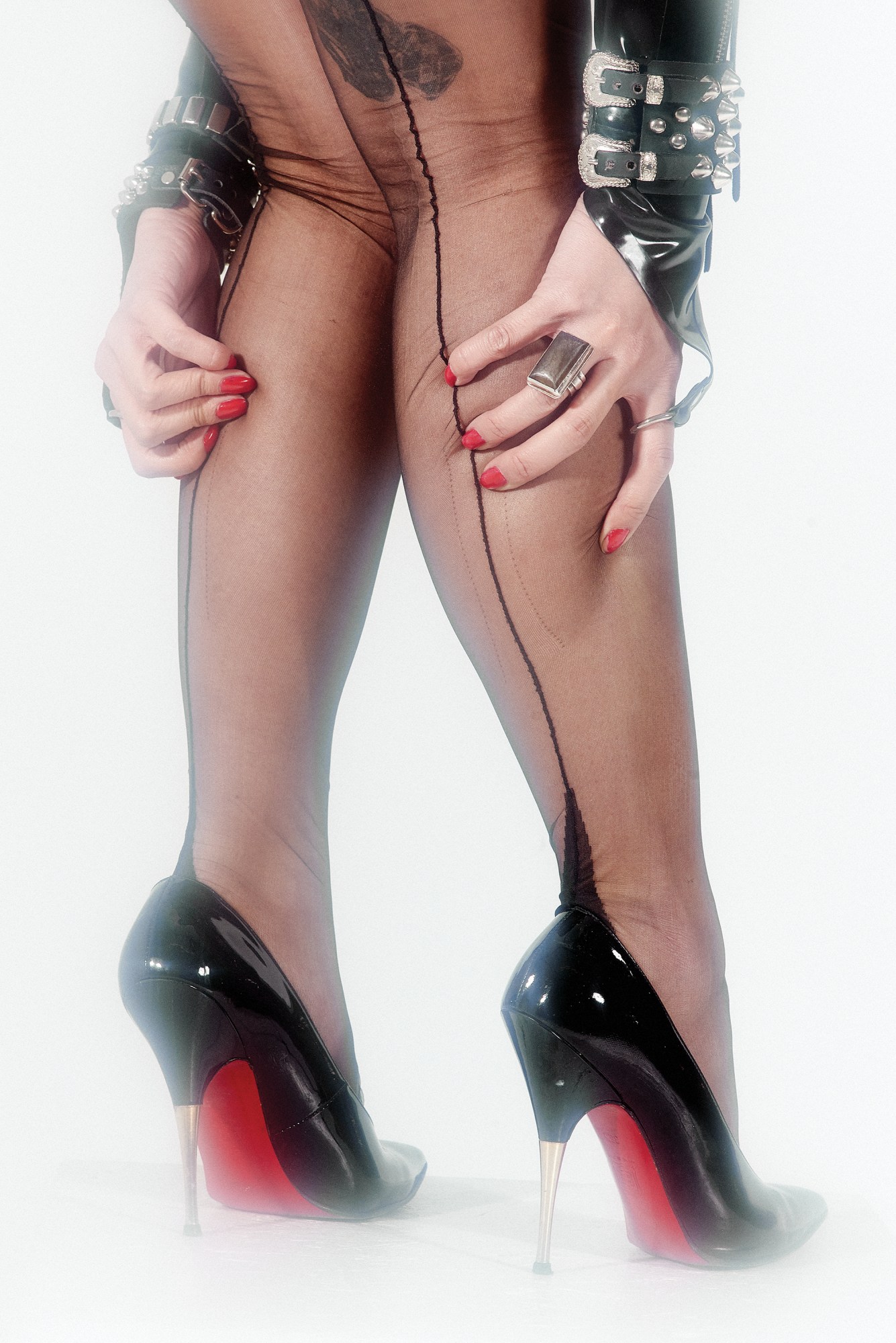
Based in NYC, Steven met most of the people he photographed through Instagram, sex apps or through connections with other people in the scene. He soon realised that photography was a great way to conjure a sense of community – as a sober person, he doesn’t always manage to find meaningful interactions through bars and nightlife, a circumstance made worse by the rapid disappearance of queer spaces.
“I wasn’t alive for what many people would consider the golden age of late seventies-early eighties leather bars,” he says. “There were, at one point, like seven bars in New York that were exclusively gay leather bars. There are none anymore. I feel like the closure of real spaces is the biggest change that’s happening. Not even leather exclusive, but just queer spaces.”
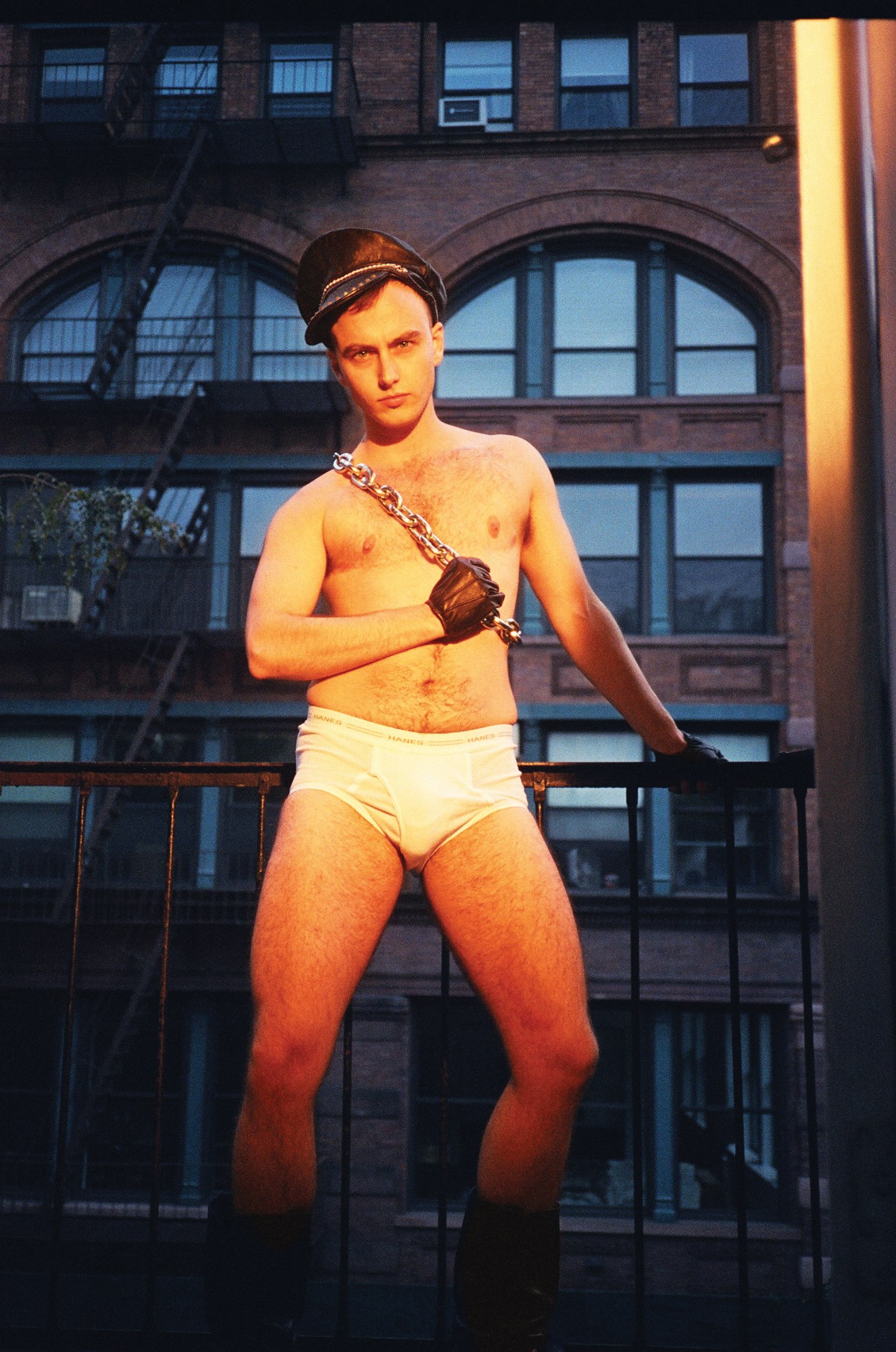
He admits that “the golden age” was not necessarily perfect: identities were more rigid and communities, often, were more close-minded. It’s something he keeps in mind when working, making a conscious effort to reflect and promote the fluidity and inclusivity of the leather community today. For him, that means including sex workers, BIPOC, all gender identities and body types – not just “the chiselled Tom of Finland type of guy”. “When I was younger, anything that was produced in the mainstream, it was that kind of very classic – and I didn’t necessarily see myself in it,” he adds.
Harwick admits that documenting leather and queer sexuality feels crucial because those are the communities that are notoriously subjected to being dismissed, sidelined and othered. “I think this craving for documentation and having a foot in the door of being historically remembered is really important,” he reflects. “There’s a number photographers that documented their community, their queer family. It’s definitely a trope that is popular now, and thankfully so, because it shows people so many different perspectives. I think it’s just a desire to be seen”.
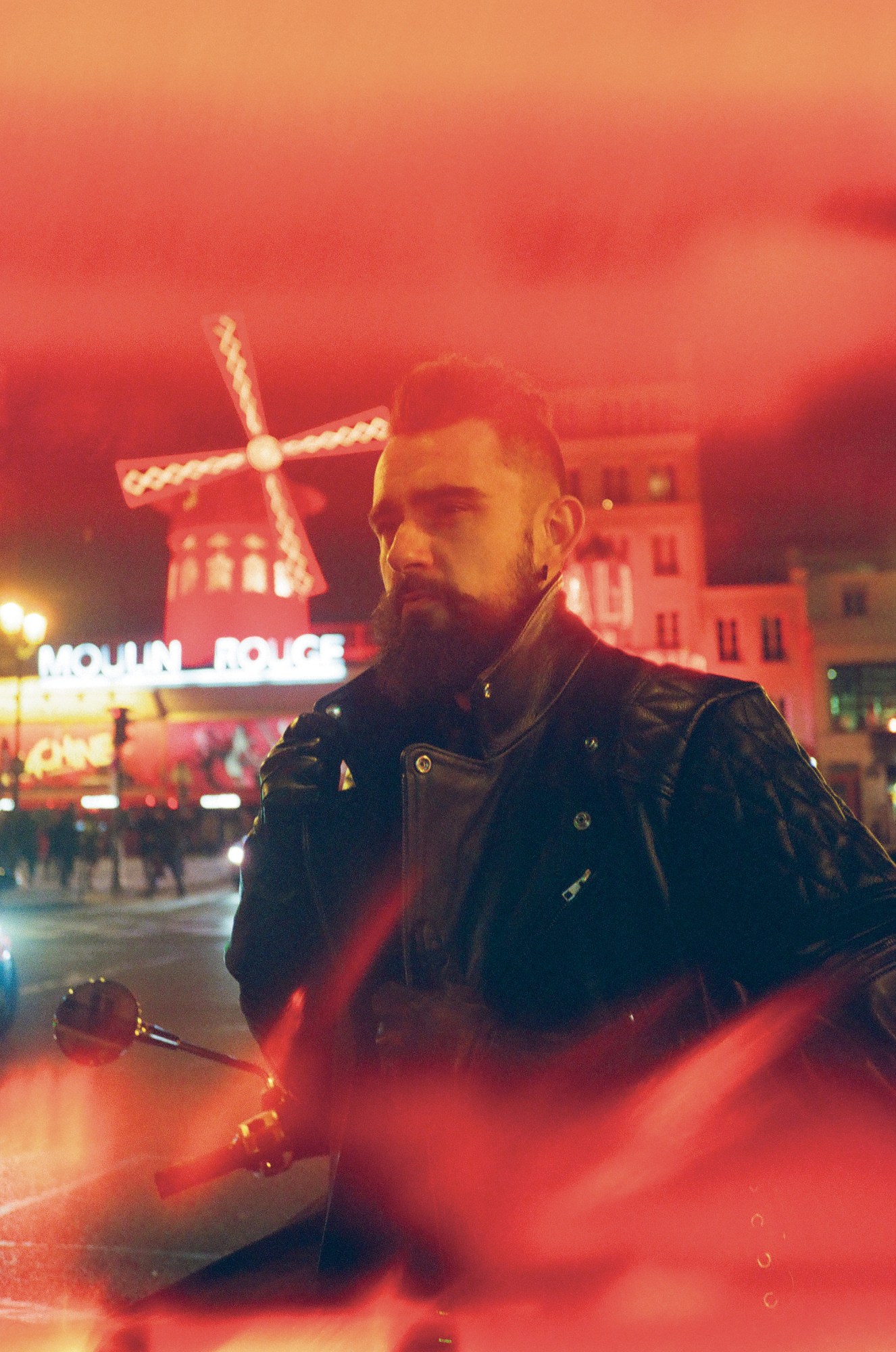
“Through my work, I just want to make these things more accepted,” he adds. “So people aren’t afraid to leave the house wearing a certain thing. People can be free to dress how they want to dress. I mean, every June especially, there’s all this conversation around no kink at Pride, no fetish at Pride, because pride should be ‘family-friendly’. And considering our history, that’s so absurd.”
By The Skin of My Teeth is launching at Fotografiska in NYC on the 25th of June. Follow i-D on Instagram and TikTok for more photography.
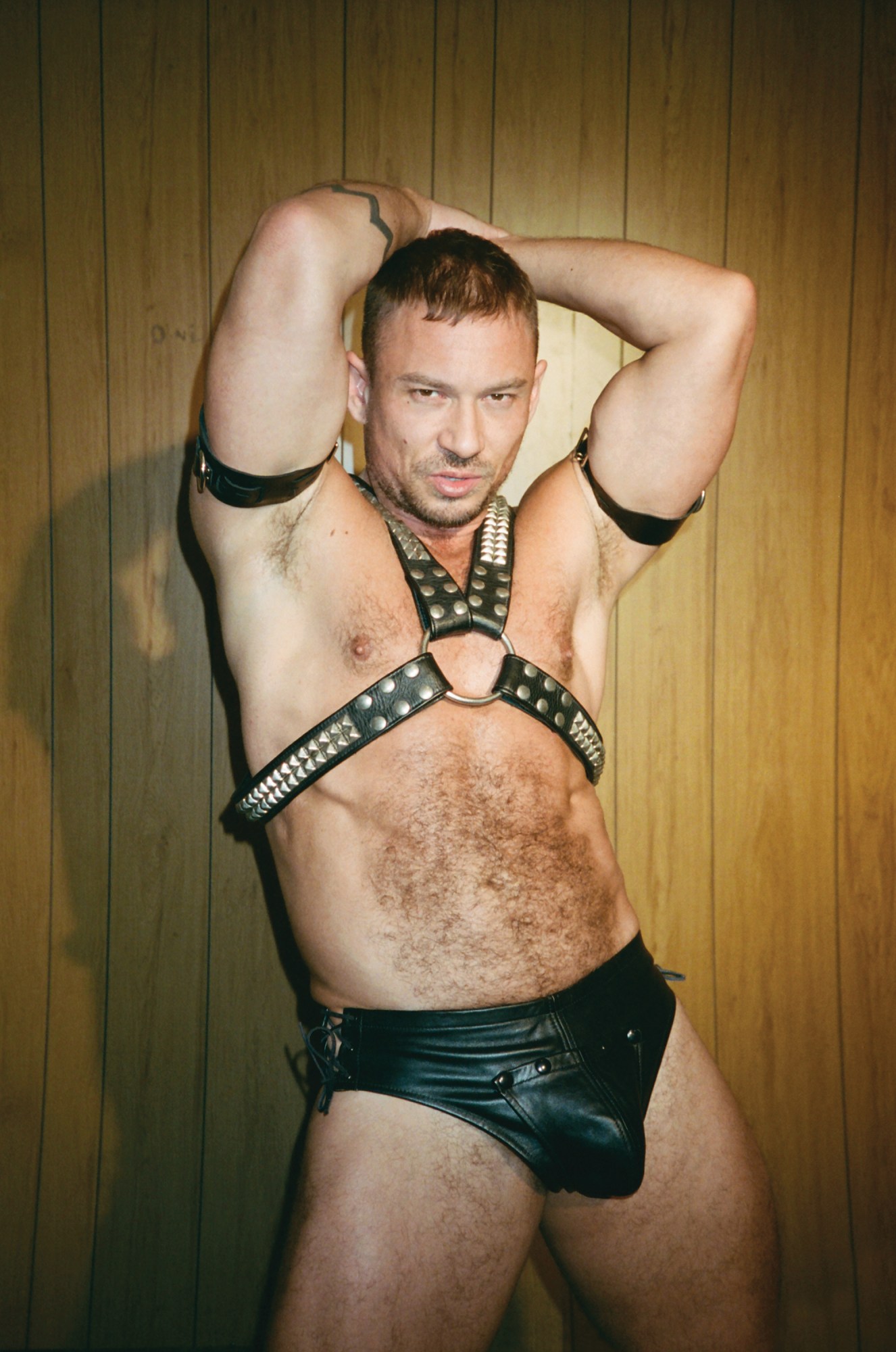
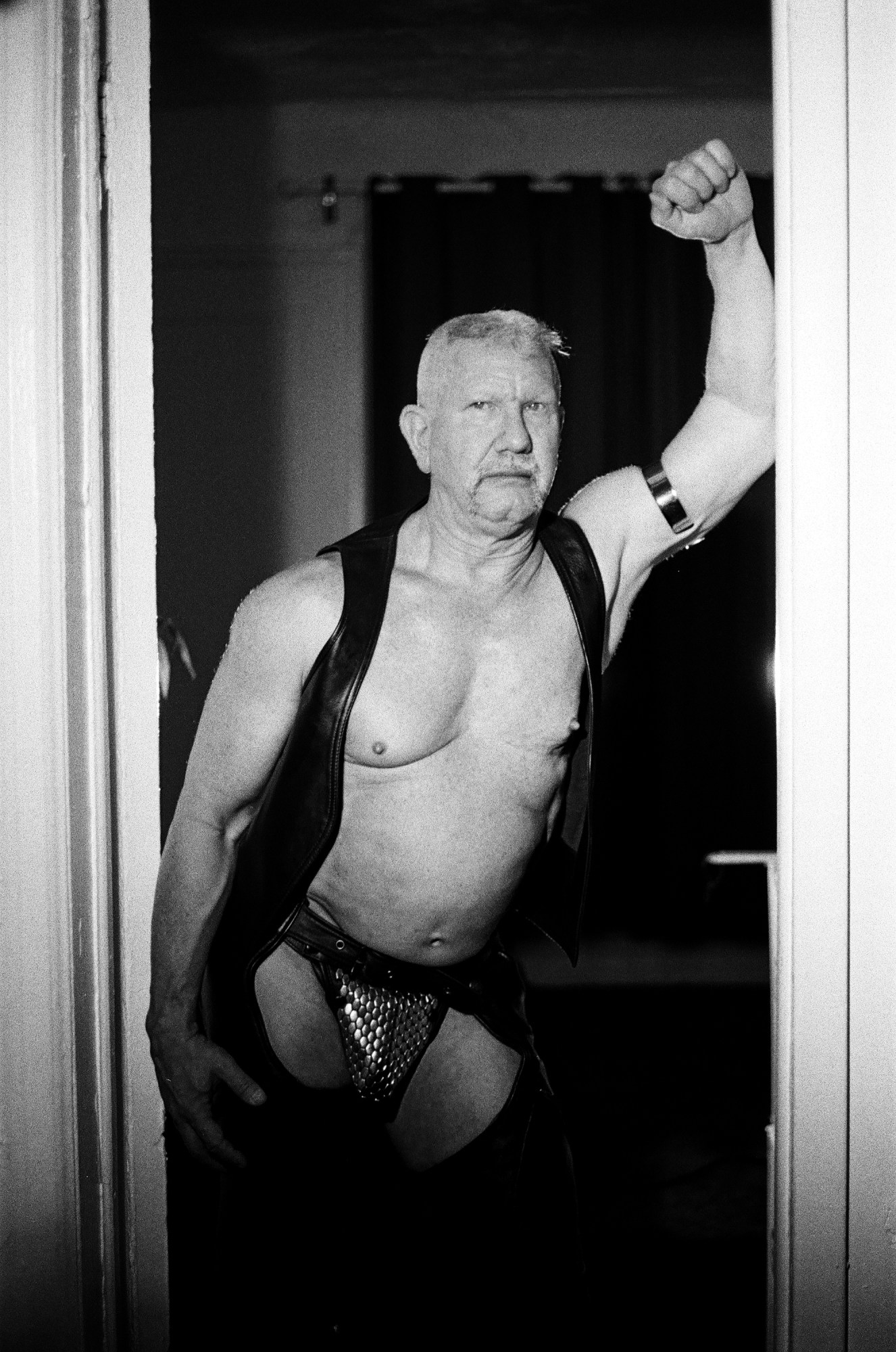
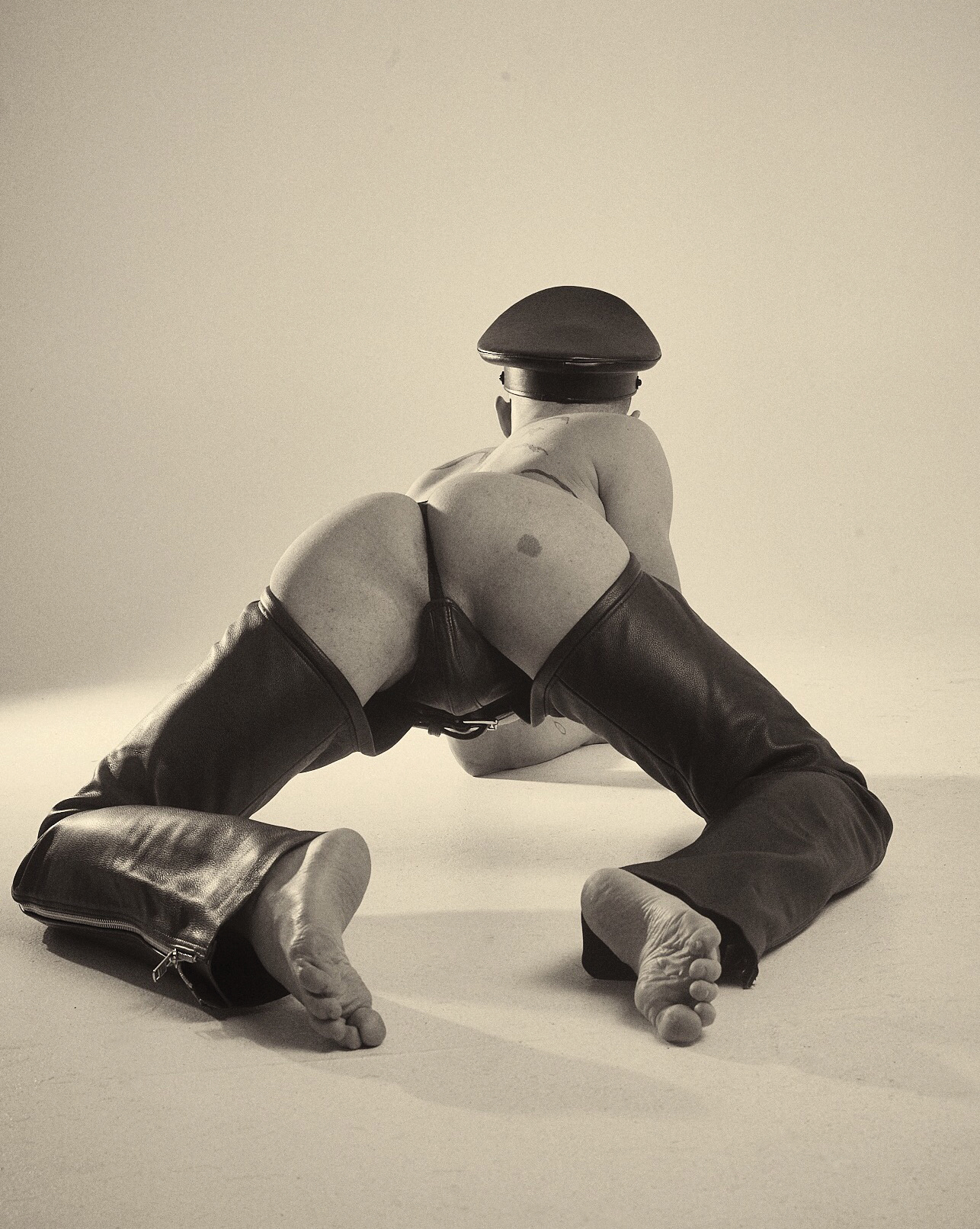

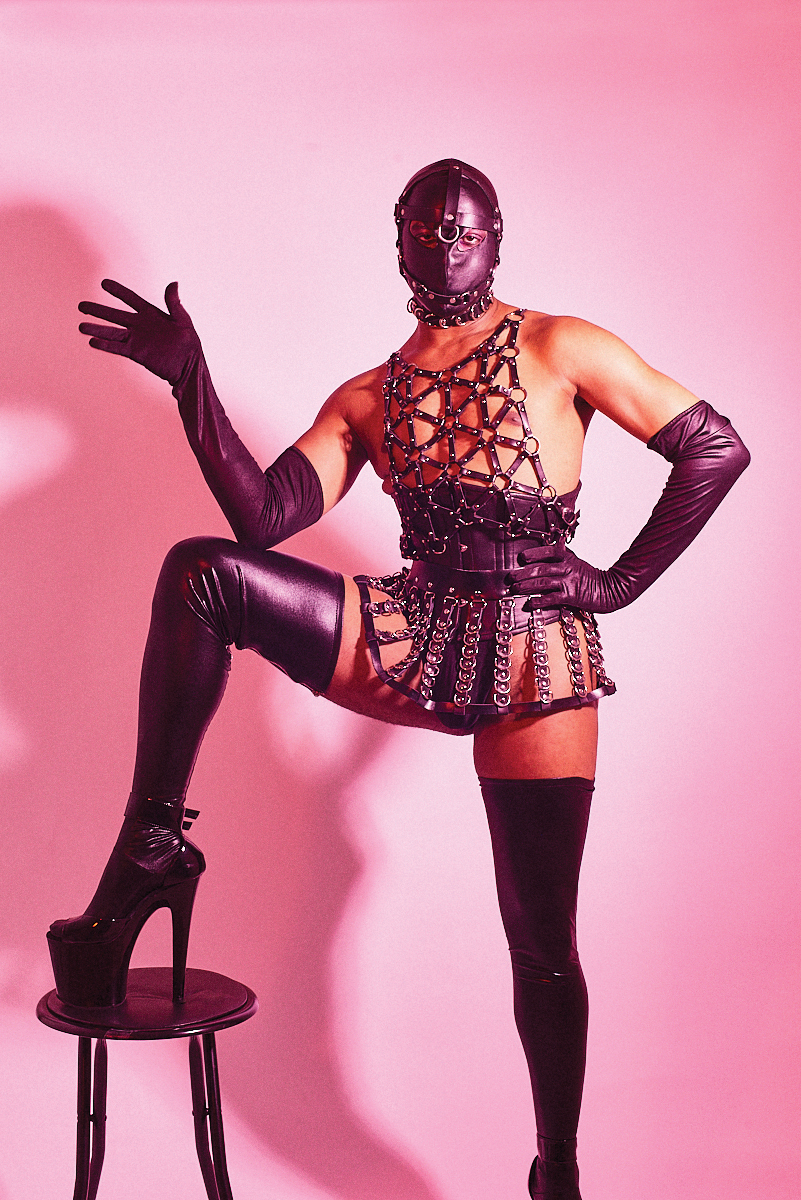
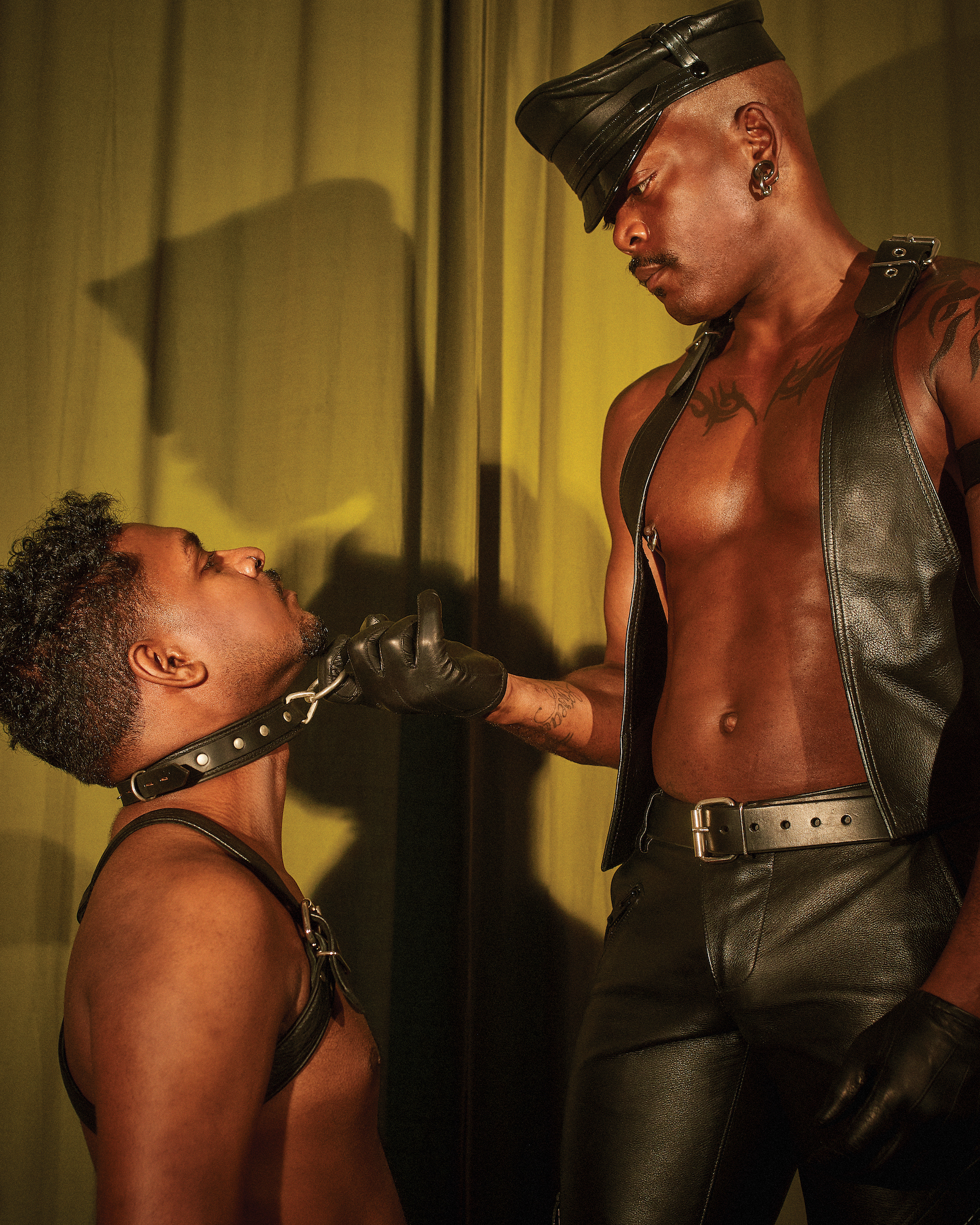
Credits
Images courtesy of Steven Harwick


